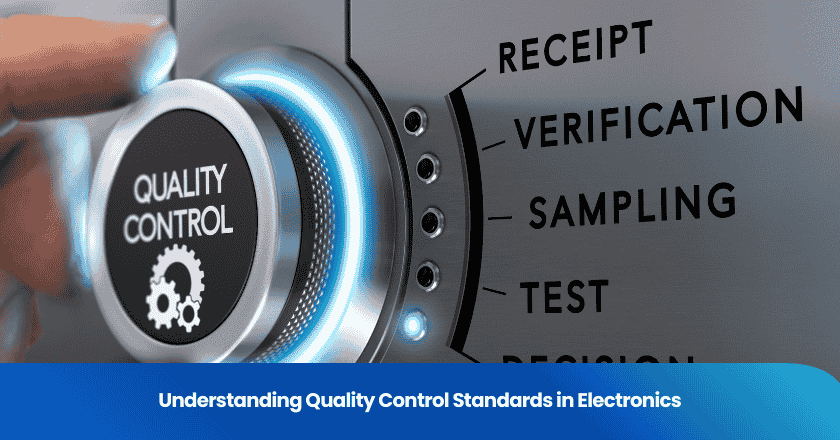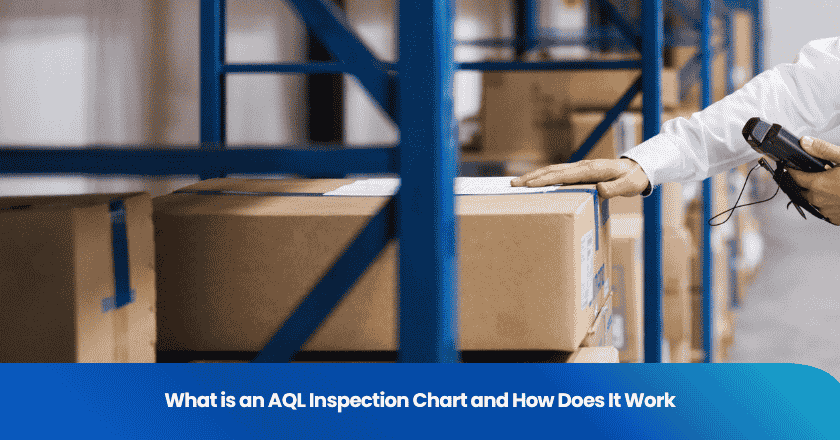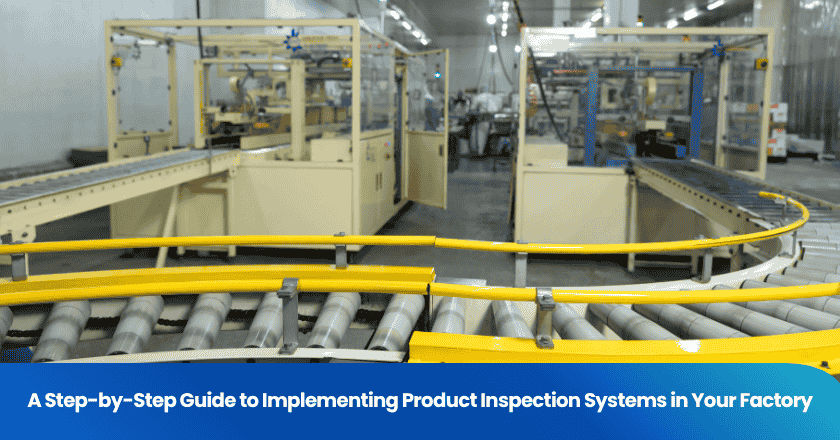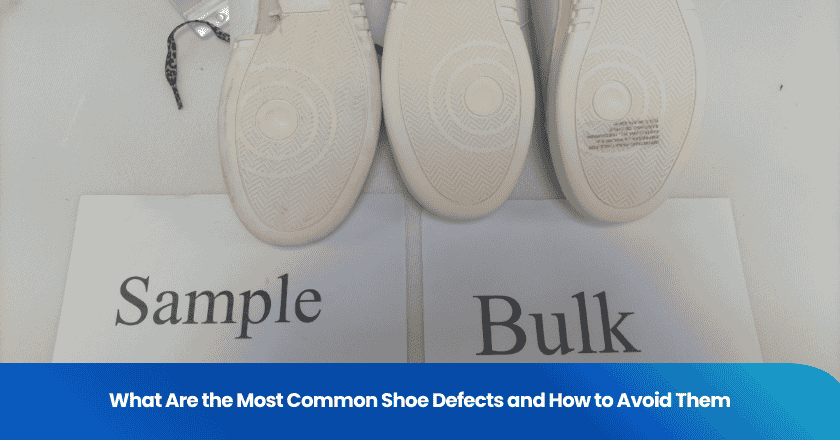
Quality control standards in electronics are rules you must follow. These rules help make sure devices are safe and work well. The standards keep users safe and help you avoid big mistakes. If you do not follow international rules, you may lose access to key markets.
For example:
- Products that do not meet the RoHS Directive can be recalled. This can cause you to lose money and hurt your reputation.
- Not following rules can also mean fines or being kept out of places like the EU.
When you focus on electronics quality control and assurance, your products can reach more people. This helps you build trust with customers all over the world.
Electronics Quality Control
Purpose and Benefits
It is important to know why electronics quality control matters. The main goals are to find defects, make products reliable, and follow all rules. Electronics quality control helps you spot problems early. This stops issues from reaching your customers. You save time and money by fixing problems before products leave the factory. Your work gets better and faster.
Electronics quality control gives you many good things. You get better products because you check and test them often. You save money by finding problems early. This means less waste and fewer repairs. Your work becomes faster and smoother. Customers trust your products more. If you follow strict rules, you can do better than other companies.
Tip: Doing electronics quality control all the time helps you meet what customers want and keeps your business ahead.
Key Standards and Regulations
You need to follow important rules and standards to make sure your products are good for people everywhere. These rules help you make safe and high-quality electronics.
Here are some of the most used standards in electronics:
- iso 9001: This rule tells you how to manage quality. It helps you make products that are always good and meet what customers want.
- IPC-A-610: This rule explains what makes an electronic assembly good. It helps you check the quality of parts and assemblies.
- AS9100: This rule is for aerospace electronics. It adds extra steps for safety and reliability.
- ISO 13485: This rule is for medical devices. It makes sure electronics used in healthcare are safe and work well.
- RoHS: This rule limits dangerous substances in electronics. You must pick safe materials and avoid banned chemicals.
- WEEE: This rule says you must design products for recycling and handle electronic waste the right way.
- IEC 60950 and IEC 62368: These rules set safety steps for electronic equipment. They help you make products that protect users from electrical dangers.
- UL 508: This rule is about safety for industrial control equipment.
You need to think about how these rules change your work. For example, RoHS and WEEE affect what materials you use and how you design products. RoHS makes you avoid dangerous substances. WEEE makes you use materials that can be recycled and plan for recycling. Both rules mean you must check that you follow them.
When you follow these rules, you show your products are safe and reliable. iso 9001 is very important because it is the base for many other rules. If you meet iso 9001, you show your work is managed well and you care about quality.
Electronics quality control needs you to know and use these rules. You must keep up with changes and update your work when needed. This helps you follow the rules and makes customers trust you.
Compliance in Electronics
Regulatory Requirements
If you want to sell electronics everywhere, you must know about compliance. Compliance means you follow all the rules and quality laws. These rules keep people safe and help you stay out of legal trouble. If you ignore compliance, you can face big problems:
- Market removal: Your products can be taken off store shelves.
- Operational disruptions: You might have to stop making products and fix or change parts.
- Financial penalties and legal repercussions: You could get fines, lawsuits, or even go to jail if you break the rules.
- Brand reputation: Not following quality rules can hurt your reputation and make people trust you less.
You have to meet many rules to keep your business open. Some rules are harder to follow than others. The table below shows some tough rules and why they are hard:
| Regulatory Requirement | Challenges Faced |
|---|---|
| RoHS | You must change materials and do strict safety tests. |
| REACH | You need to show what chemicals you use and avoid dangerous ones, which costs more and needs more paperwork. |
| WEEE | You must design products so they can be recycled, which means changing how you make them. |
Note: Check defect rates often to make sure you follow all quality rules. If you have too many defects, your products can be removed from stores and you can lose money.
International Market Differences
Compliance rules are not the same in every country. Each place has its own rules and laws. You need to learn these differences so you do not make mistakes or have delays. The table below shows how rules change in different big markets:
| Region | Key Compliance Requirements |
|---|---|
| United States | You must follow CBP rules, FCC labels and tests, ITAR/EAR rules, and ACE filing. |
| European Union | You need CE marks, follow REACH, register for VAT and EORI, and meet each country’s rules. |
| Asia-Pacific | In China, you need CCC, MOFCOM, and follow Cybersecurity Law. In India, you need BIS, WPC, and E-Waste rules. In Japan, you need Radio Act and PSE marks. In Singapore, you need IMDA for wireless and follow PDPA. |
You also need to think about culture. People in different countries want different product quality. Some buyers want ISO rules, others want ASTM tests. Many buyers want ISO-certified suppliers. Sometimes you need both ASTM and ISO to compete.
Tip: Always learn the rules for each country before you sell a product. This helps you avoid mistakes and makes sure you follow the rules everywhere.
QMS in the Electronics Industry
Role of QMS and eQMS
You need a strong quality management system to keep electronics safe. QMS in the electronics industry sets rules for each step. These rules help you check your work and fix problems early. Using an electronic QMS (eQMS) makes checking faster and easier. You can track changes, save records, and share updates with your team.
QMS in the electronics industry helps you manage risks. You find problems early and stop them from hurting your products. You also follow standards like iso 14001 to protect the environment. QMS in the electronics industry keeps your work safe, meets laws, and makes customers happy.
Here is a table that shows how different standards help lower risks:
| Standard | Contribution to Risk Reduction |
|---|---|
| ISO 9001 | Focuses on customer satisfaction and continual improvement, reducing the risk of product failures. |
| ISO 45001 | Enhances occupational health and safety, lowering the risk of job-related accidents. |
| ISO 13485 | Ensures quality in medical devices, mitigating risks associated with healthcare products. |
| FDA 21 CFR Part 820 | Complies with U.S. regulations for medical devices, reducing legal liabilities. |
QMS in the electronics industry helps you manage risks in many ways: * You find and fix issues before they get big. * You make safe and high-quality products for customers. * You lower legal risks and get ready for audits by following rules. * You work faster and better by using the same steps each time. * You build a team that cares about safety and quality.
QMS in the electronics industry also helps you meet iso 14001 rules. You use less waste and help the environment. You make sure every part of your work follows the right steps. You use risk management to keep your products safe and your business strong.
Tip: Use QMS in the electronics industry to check your work often. This helps you find mistakes early and keep your products safe.
Requirements Traceability
You need traceability to make sure every part meets the rules. Traceability means you can follow each rule from start to finish. You link every rule to how you build and test electronics. This helps you find problems early and fix them before products reach customers.
Traceability in QMS in the electronics industry helps with risk management. You find design flaws before they cause trouble. You make sure every feature works as it should. You keep records that show you followed all the rules. You lower the chance of missing features or making mistakes.
Here is how traceability helps you: * You link every rule to its design and test. * You find problems early and fix them fast. * You test every part to make sure it meets the rules. * You keep clear records for audits. * You lower the risk of missing features or defects.
You use traceability tools in QMS in the electronics industry to make work easier. These tools help you track every change and keep records safe. You use them to show you followed iso 14001 and other rules.
You use traceability in QMS in the electronics industry to keep products safe and meet all rules. You use risk management to find and fix problems before they reach customers. You make sure every part of your product works as it should.
Note: Always use traceability in QMS in the electronics industry to check your work. This helps you stop design flaws and keep your products reliable.
Quality Compliance Process
You need a simple plan to keep electronics safe. The quality compliance process has a few main steps. These steps are inspection, monitoring, testing, defect analysis, and final assurance. Each step helps you keep good quality and follow the rules.
Material and Component Checks
First, you check every material and part before making products. This step stops problems from happening later. You make sure all parts come from trusted suppliers. You check that each part meets your standards. You also track every part for traceability. You keep clear records for each part.
You need to get good parts, manage inventory, and keep records for every part. This helps you keep quality the same and track every part.
In-Process and Final Testing
While making products, you watch and test at every step. You use visual checks and measure sizes to catch problems early. You use machines to find defects fast. You use special tools like X-ray inspection to find hidden problems. Here are some common inspection methods:
- Visual checks for surface problems
- Size checks for correct measurements
- Tests to see if products work in real life
- Automated Optical Inspection (AOI) to find defects early
- X-ray checks for hidden problems
- Final checks for overall product quality
You keep records for every test and check. This helps you show you follow the rules and make your process better.
Employee Training and Auditing
You must teach your team to follow quality steps. Training uses your records, instructions, and rules. You give training based on each job and check results with tests. Regular training helps everyone know the rules and quality standards.
You also do audits to see if your plan works well. Most companies do audits once a year. You may need more audits if you find risks or make big changes. Audits help you find problems and make your process better. You keep records for every audit and training.
Tip: Good training and regular audits help you keep quality the same and follow all rules.
You help make sure products are safe by following rules. You use international standards and a strong QMS. This helps products work well and stay safe. You keep improving as rules change over time.
Getting updates and learning new things helps you follow new rules and use new technology.
Here are some good things you get in the long run:
| Benefit Description | Explanation |
|---|---|
| Faster Product Delivery | Using systems together helps you make and send products faster. |
| Proactive Quality Management | Looking at data helps you find problems early and fix them. |
| Continuous Improvement | Checking data all the time helps you make your work better. |
To make your quality compliance better, do these things:
1. Look for rules that fit your products.
2. Pick the right standards.
3. Get labels ready.
4. Test your products to see if they follow rules.
5. Write down clear records.
FAQ
What is the main goal of quality control in electronics?
You want to make sure your products are safe and work well. Quality control helps you find problems early. This keeps your customers happy and protects your business.
Why do you need to follow international standards?
International standards help you sell your products in more countries. They show that your products are safe and reliable. You also avoid legal trouble by following these rules.
How often should you train your employees on quality control?
You should train your team at least once a year. If you change your process or find new risks, give extra training. Regular training keeps everyone up to date.
What happens if you do not meet compliance requirements?
You may face fines, lose your right to sell products, or damage your reputation. Meeting compliance rules protects your business and your customers.
How can you keep track of all quality checks?
You can use checklists, digital records, or special software. Keeping good records helps you pass audits and improve your process.
Grow your business with TradeAider Service
Click the button below to directly enter the TradeAider Service System. The simple steps from booking and payment to receiving reports are easy to operate.




